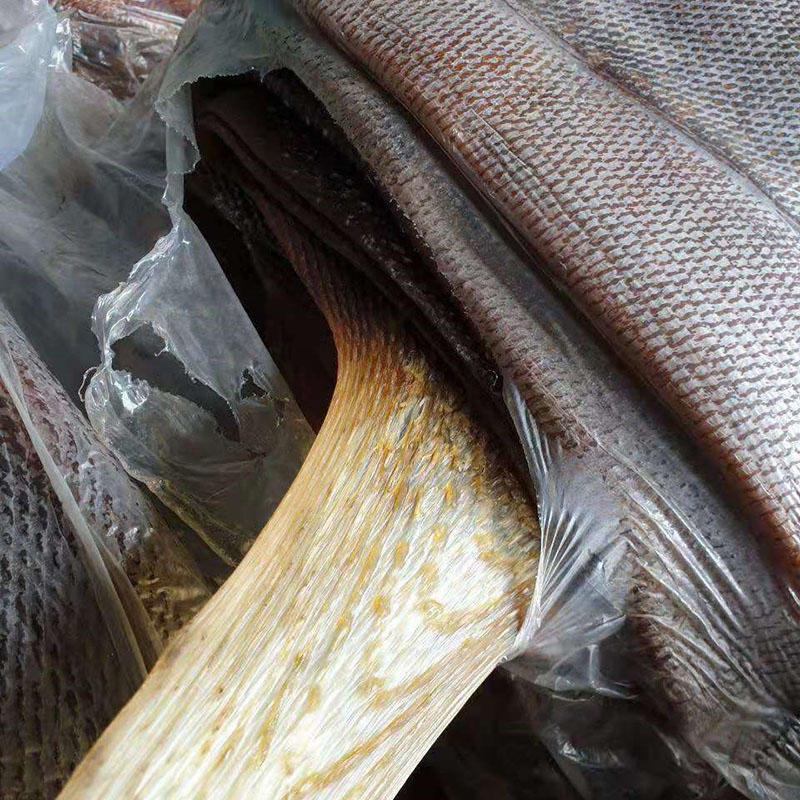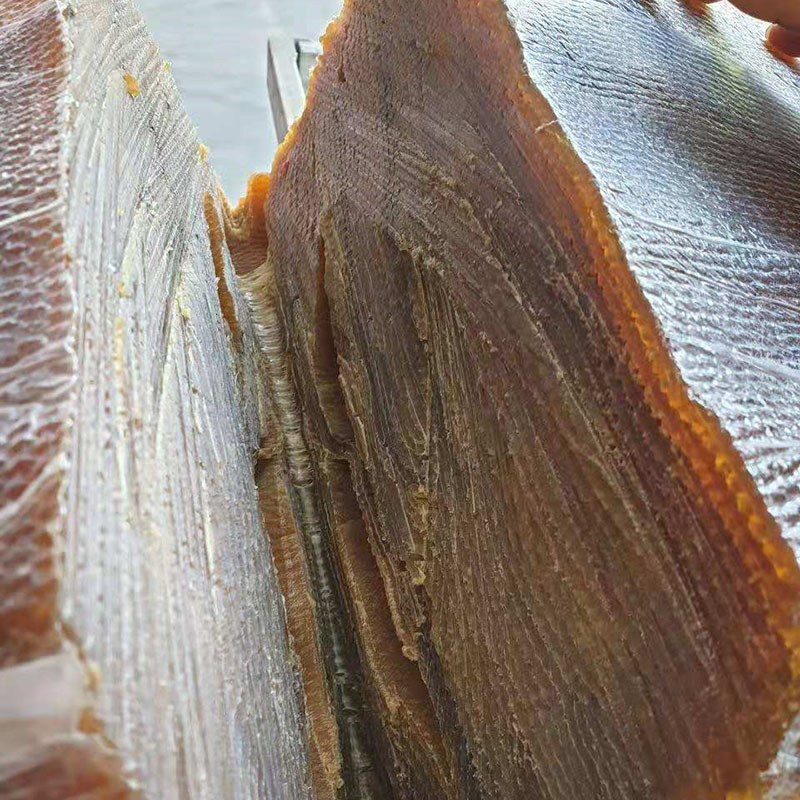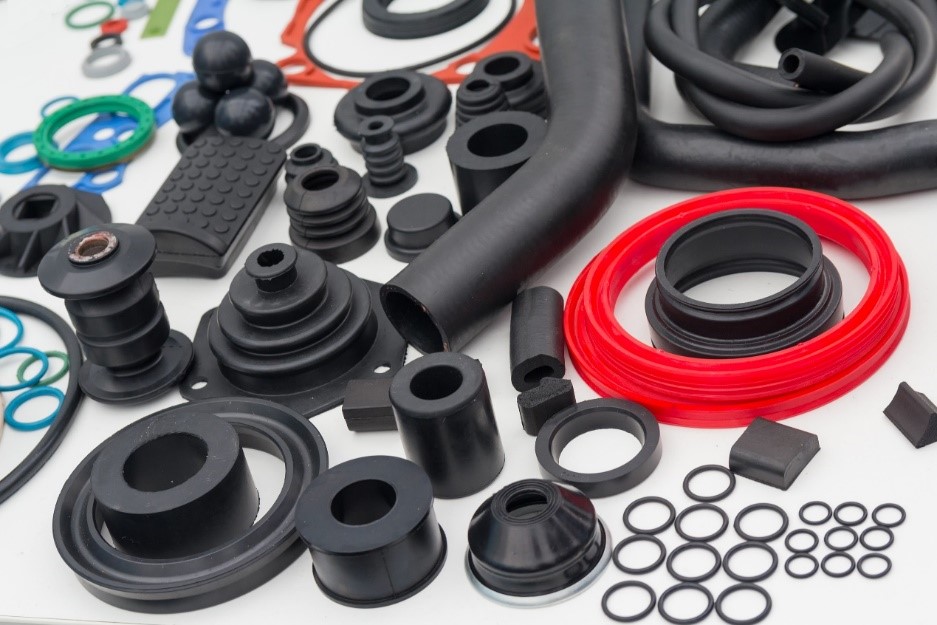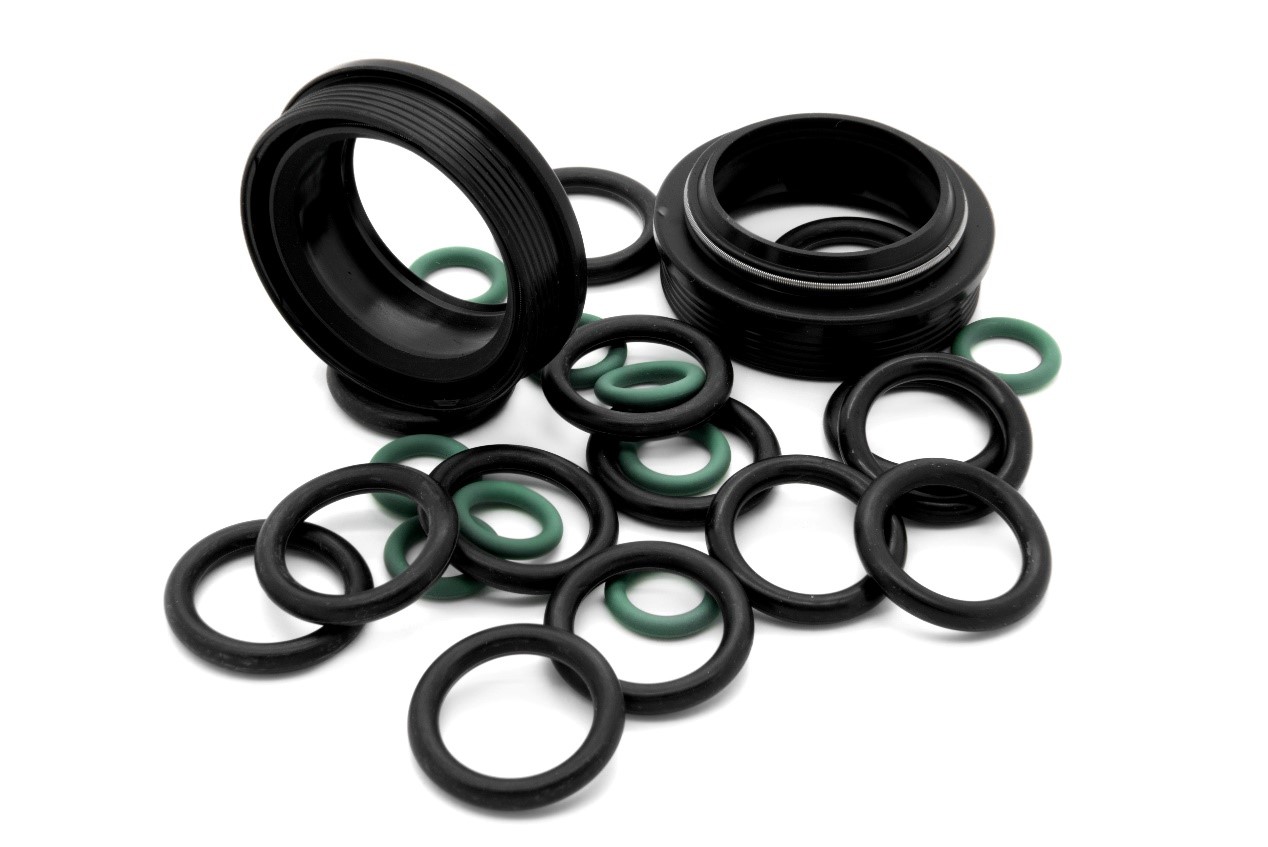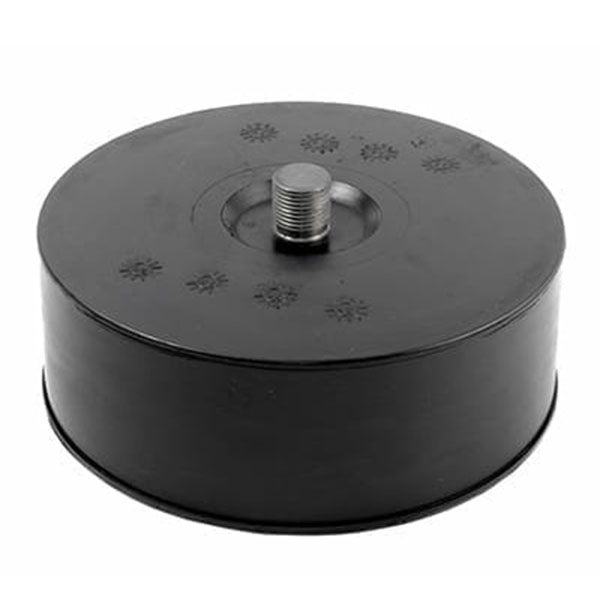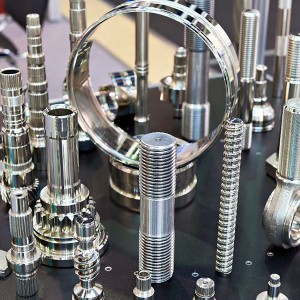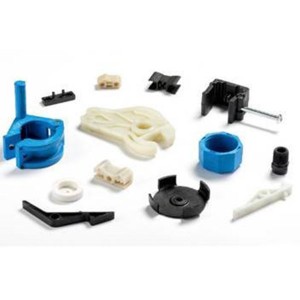Customized Rubber parts
Rubber Molding Processes We Offer:
Custom Rubber Molding
Cryogenic DE flashing
Engineering and Design Support
Rubber Compound Development
Rubber Compression Molding
Rubber Injection Molding
Rubber-to-Metal Bonding
Rubber Transfer Molding
Assembly Services
Stocking Programs
Competitive Pricing
We are able to maintain competitive pricing through the evaluation of every aspect of part production. Arex evaluates the entire scope of each project to discern the best solutions and prices whether through R&D, design, engineering, or manufacturing.
Experienced Work Force
Our leadership team combines 30 years of experience in all areas of the rubber molding industry to offer the best service possible. We maintain dedication to investing in the skill sets and expertise of our employees, reinforcing high-quality products, performance, and leadership.
Customer Service
Our Customer Service Support provides courteous and reliable communication. We also include detail-oriented follow-ups with each customer, ensuring they are aware of the inner workings of each step of the process.
Rubber Materials
Butyl Rubber
EPDM Rubber
Natural Rubber
Neoprene Rubber
Nitrile Rubber
Rigid & Flexible
Synthetic Rubber
Thermoplastic Elastomers (TPE)
Viton Rubber
Products We Manufacture
Abrasion Resistant Parts
Colored Rubber Products
Complex Rubber Products
Custom Rubber Parts
Rubber Bumpers
Rubber Gaskets
Rubber Grips
Rubber Grommets
Rubber Seals
Rubber-to-Metal Bonded Products
Vibration Control Parts / Vibration Isolation Parts
Rubber Injection Molding
Rubber injection molding is used to develop both solid rubber parts and rubber-to-metal bonded products. Natural and synthetic rubber compounds can provide a wide variety of properties that solve problems from seals or gaskets, noise and vibration isolation, abrasion and impact resistance and chemical/corrosion resistance. Rubber injection molding is ideally suited for mid-to-high-volume production and where tight tolerances, part consistency or over-molding are required. In addition, rubber injection molding works well with rubber compounds that have faster cure times. This is a process that can be fully automated.
The Rubber Injection Molding Process
Starting with Tooling
The process starts with the tooling, a rubber injection mold typically with multiple cavities. The mold consists of a nozzle plate, runner plate, cavity plate, and a base plate with a post-molding ejector system. The rubber compounds and additives are mixed to create rubber stock. The stock is formed into continuous strips of uncured rubber stock approximately 1.25″ wide & .375″.
From the Hopper to the Runner Plate
The continuous strip is automatically fed from a hopper into the injection molding machine into a heated barrel, conveyance channel, which softens, plasticizes the rubber. The stock is then pushed by a large auger, screw-type plunger through the injection nozzle. After flowing into the nozzle plate, the rubber is routed through the runner plate, through the gates, and then into the mold cavities.
Vulcanizing
When the cavities have been filled, the heated mold is kept closed under pressure. The temperature and pressure activate the cure of the rubber compound, vulcanizing it. Once the rubber reaches and required level of cure, it is allowed to cool and reach a solid state within the mold. The molds open and parts are removed or ejected and ready for the next cycle.
Encapsulating
In cases where rubber injection molding is used to encapsulate metal components with rubber or bond rubber to metal, the components are loaded, either by hand or using a loading fixture, into the heated mold cavities. The mold is then closed and the injection molding cycle can begin. After curing is completed, the mold is opened and parts are removed. The cured rubber in the runner is removed, cured rubber in the injection nozzle is purged, and the mold cavities are cleaned in preparation for the next molding cycle.
Rubber Compression Molding
The first rubber molding process, rubber compression molding, is ideal for low to medium volume production of rubber products. Compression molding is a widely used economical production method for low volume production of medium to large parts. It is the best rubber molding process for materials with a high cost and applications that demand extreme hardness.
Rubber compression molding can produce a diverse range of precision rubber molded components and the affordable production of large, intricate products. It is often used to produce environmental seal products such as rubber O-rings, seals and gaskets.
The Rubber Compression Molding Process
The rubber compression molding process uses a preformed piece of uncured rubber that is placed in an open mold cavity. The mold is preheated to an elevated temperature. As the mold closes in the press, the material is compressed and flows to fill the rubber mold cavity.
The combination of elevated temperatures and high-pressure activates the vulcanization process and curing of the rubber compound. Once an optimal cure is reached, the part hardens and cools then the mold is opened and the final part removed. The next rubber preform is inserted into the mold and the cycle repeats.
The basic compression mold is usually a two-piece construction consisting of a top and bottom plate. Half of the part cavity is usually cut into each plate of the mold. A trim area is created by grooves cut around each cavity which allows the excess rubber to flow out of the cavity. Compression molds are typically secured between heated press platens. The molded parts require trimming to remove the groove overflow. An additional bake cycle may be required for partially cured parts.
Rubber to Metal Bonding
Insert Molding and Over Molding
Injection molding and transfer molding are the most effective processes for rubber to metal bonding. The process depends upon the part application, specifically the use of the finished product. This an ideal process for bonding rubber to metal and plastic parts, an example of such parts would be gears, shafts, rollers, bumpers, and stops in a wide array of sizes and shapes. This process is also useful for bonding rubber components to steel, aluminum, brass and plastic.
In addition to unmatched product quality, our team can provide recommendations based on the performance requirements and part application. Our goal, with every project, is to produce uniform, high-quality products as efficiently as possible. As a result, we have developed customized rubber to metal molding and bonded solutions to meet customer requirements.
The Rubber to Metal Bonding Process
Utilizing injection molding and transfer molding to encapsulate and bond rubber to metal is the most effective way to adhere rubber to metal or plastic parts. Furthermore, the rubber to metal molding process provides a superior mechanical bond of rubber to metal parts, inserts or plastic parts.
Two Step Process
The process requires a two-step preparation of the metal or plastic part prior to molding the rubber. First, we degrease and clean off any contaminants, similar to preparation for industrial coatings or painting. Once we finish cleaning, we spray a special, heat-activated adhesive onto the metal parts.
Once the part is ready for rubber over molding, the metal parts are inserted into the mold cavity. If molding a specific area, the metal part is held in place by special magnets. If the part is to be completely encapsulated with rubber, the part is held in place with chaplet pins. The mold is then closed and the rubber molding process begins. As the elevated molding temperature cures the rubber, it also activates the adhesive forming a mechanical bonding of rubber to metal or bonding rubber to plastic. To learn more about the our bonding processes, click on the following links: rubber injection molding process or transfer molding process.
Encapsulating with Rubber to Metal Bonding
When a metal or plastic part requires complete encapsulation with rubber, we use rubber insert molding, a variation of rubber to metal bonding. For complete encapsulation, the plastic or metal part is suspended inside the bold cavity, so we can more accurately bond the rubber to the part. Rubber can also be molded to a specific area of metal parts. Mechanically adhering rubber to metal can enhance the stability of metal parts with the flexible characteristics of rubber. Metal parts with molded rubber can also improve part properties such as creating environmental seals, meeting NEMA standards, electrical conductivity, noise and vibration isolation, wear and impact resistance, chemical and corrosion resistance and more.
Materials that can be insert molded, over molded or bonded of a specific area include: steel, brass, aluminum, alloys, exotics, engineered resins and plastics.
Additionally, rubber bonded to metal ranges in parts and in size from small inserts to very large components. Over molded rubber metal parts are applicable across a broad range of industries and applications.




